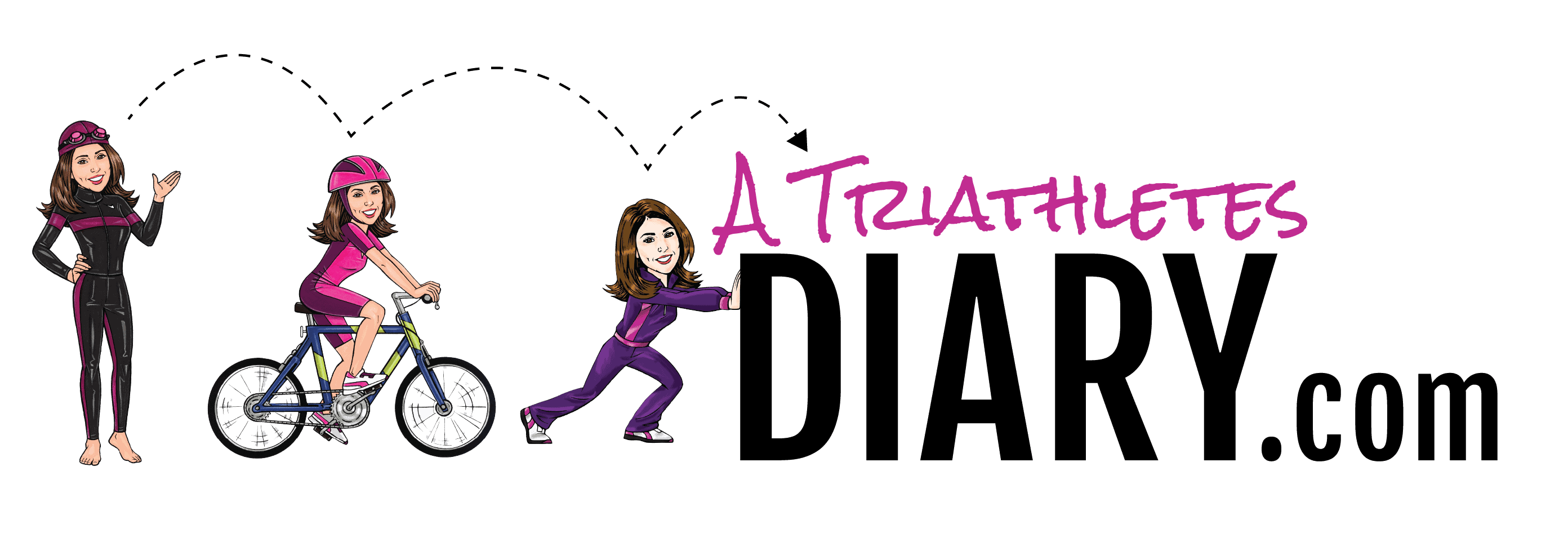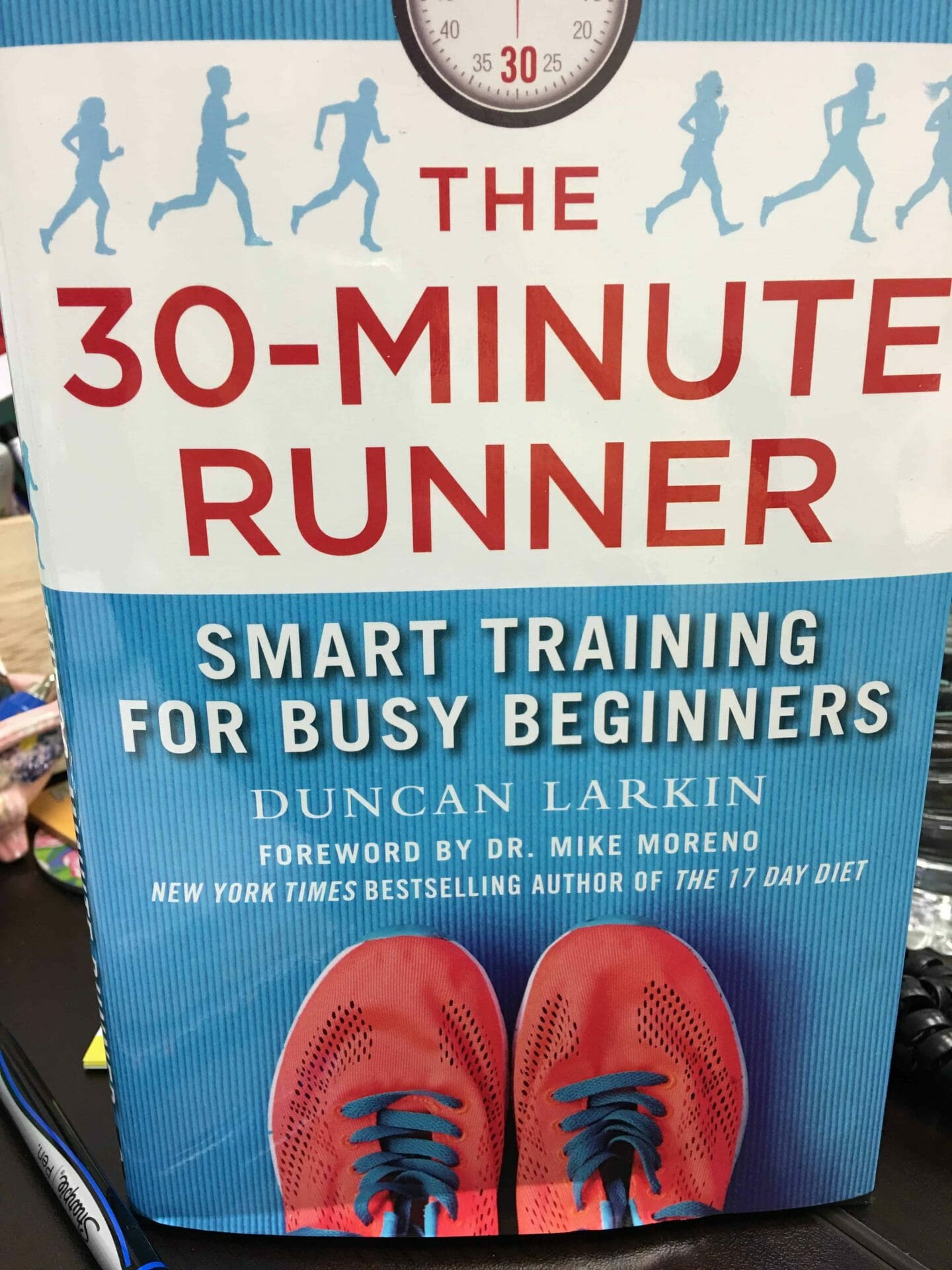As runners, it’s easy to fall into the trap of doing the same thing week after week. We lace up, head out the door, and run comfortably or familiarly. But if you’re aiming to improve endurance, increase your speed, or tackle new challenges like a half marathon, marathon, ultra, or special running event, monotony won’t cut it. Incorporating a variety of run workouts into your training can take your running to the next level.
Here are some of the most effective types of run workouts and why they’re essential to your training plan.
The Magic of Interval Training
If there’s one way to build speed and stamina simultaneously, it’s interval training. This workout alternates hard, fast running periods with recovery jogs or walks. Think of it as sharpening your edge as a runner. You train your body to handle higher intensity levels over time by pushing your limits in short bursts.
For example, you might try running 400 meters at a near sprint and then jogging or walking for 400 meters to recover. Repeat this sequence six to ten times. It’s tough, but it teaches your body to bounce back faster and increases your VO2 max, meaning you can sustain faster paces for longer. This type of workout is best on a track.
Tempo Runs for Pacing Power
Want to feel stronger and more in control during races? Tempo runs are your best friend. These are steady efforts at a “comfortably hard” pace, just below your lactate threshold. That’s where your body starts accumulating lactic acid faster than it can clear it.
Tempo runs teach your body to run farther and faster while staying efficient. A typical session might look like this: after warming up, run 20-30 minutes at a pace that’s challenging but sustainable, then cool down. These runs help develop mental toughness and pacing consistency.
Long Runs for Endurance
Ah, the long run. It’s the heart and soul of most training plans for half marathons and ultras. Long runs build the endurance to tackle race-day distances without hitting the wall.
But long runs aren’t just about going the distance; they’re also where you practice nutrition, hydration, and pacing strategies. For additional variety, try spicing them up with a “fast finish” where you pick up the pace in the last mile or two, simulating the push you might need at the end of a race.
Recovery Runs for Restorative Magic
Believe it or not, running slow is a critical component of training. As the name suggests, recovery runs are slow, easy runs designed to promote blood flow and muscle repair after harder workouts. They may not feel particularly glamorous or exciting, but these runs allow your body time to recover while reinforcing the habit of regular movement and building your aerobic base.
A recovery run might be as short as 3 miles or as long as 6, depending on your weekly mileage and goals. The key is to keep it easy. If you can’t hold a conversation while running, you’re going too fast for this type of workout.
Why Variety Matters
Mixing these different workout types into your weekly routine builds everything from speed and stamina to mental toughness. More importantly, variety helps prevent burnout and keeps running fun. Balance is the secret sauce in any grand plan, and the right combination of runs can transform your performance while keeping injuries at bay.
Enter RunDot
If adding structure to your running feels overwhelming, or you’re unsure how to balance your training, RunDot comes in. RunDot is an easy-to-use app designed to help runners of all levels level up their training. Whether you’re preparing for your first half marathon, a full marathon, an ultra, or even tackling a unique running challenge, RunDot’s personalized plans can guide you every step of the way.
The app makes building variety into your training simple. It can create a daily schedule that mixes intervals, tempos, long runs, and recovery days, ensuring you reach your goals without overtraining. Plus, its feedback tool lets you tweak your plan based on how your body feels, a must-have for staying on track while avoiding burnout or injury.
Take the Leap
No matter what type of race or challenge you’re working toward, the path to success lies in mixing it up. Intervals build sharpness, tempo runs develop pacing, long runs build endurance, and recovery days ensure you stay in the game for the long haul. Together, they form the foundation of any solid running program.
But when it comes to turning a good plan into a great plan, apps like RunDot are your secret weapon. It’s like having a coach in your pocket, offering you the perfect balance to take your running to the next level. (To get a two-month free trial of RunDot, click here.
If you haven’t tried RunDot, now is the perfect time. Whether chasing a marathon PR or dreaming of your first ultra, the road ahead is full of opportunity. Lace up, log in, and make it happen!





